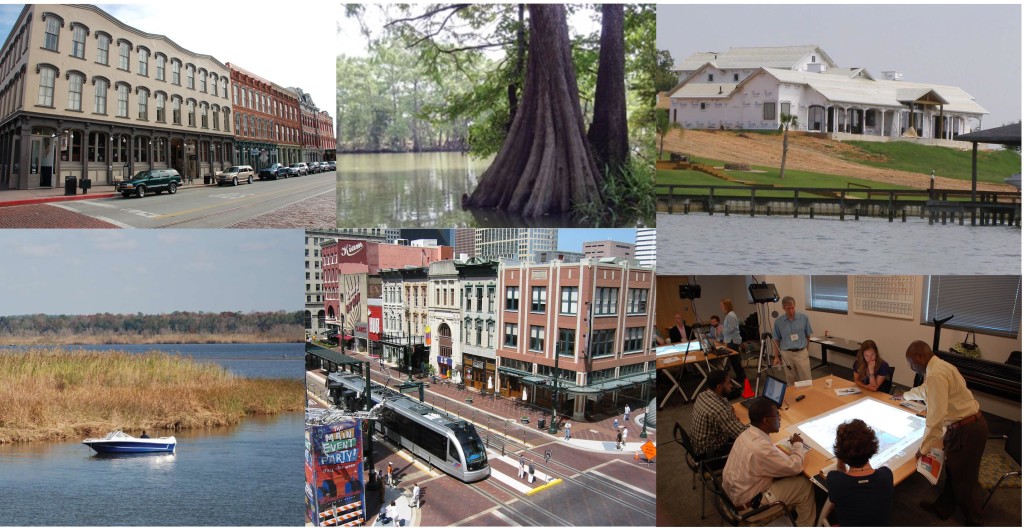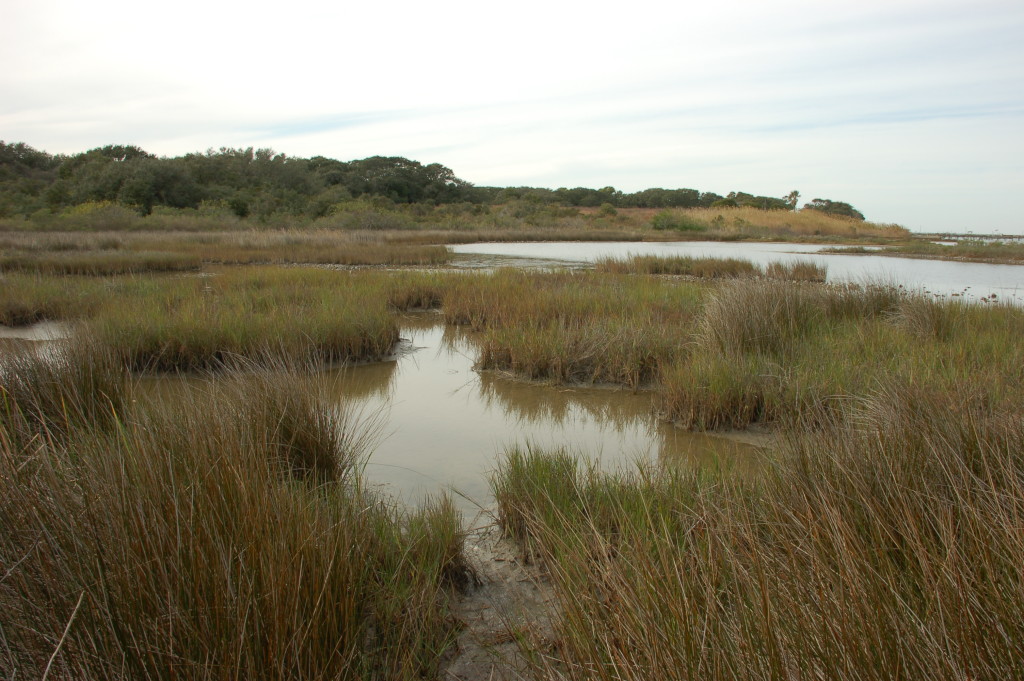The Built Environment
Insurance Reform
Reform the National Flood Insurance Program. Subsidizing insurance in hazardous areas constitutes a moral hazard known as the “safe government paradox,” essentially removing risk from those who build and live or work in the most hazardous zones. Charging market-based actuarial rates for insurance in hazardous coastal environments would do more than perhaps any other action to reduce damages from coastal storms
Though the core provisions of the Biggert-Waters Flood Insurance Reform Act of 2012 that are still enacted, and the additions found in the Homeowner Flood Insurance Affordability Act of 2014 are positive steps in this direction, it remains to be seen if they will result in true damage reduction from coastal storms.
Where subsidized insurance might be deemed to be desirable (essential port areas, for example), communities rather than individuals should be insured, with rates dependent on effective community planning
Facilitate Resiliency
Strong federal and state leadership is needed to implement effective hazard mitigation planning at the local level. In addition, strong local autonomy is needed to have both the flexibility to develop effective plans, and to have the enforcement authority to implement those plans.
Facilitate community level planning efforts. States need to require municipalities and counties to develop plans, and they need to mandate strong citizen participation. Strong citizen participation results in better plans and more citizen acceptance and buy-in.
Develop a “Hazard Mitigation Corps” to put the resources of state universities in the service of building resilient cities.
Develop Strong Comprehensive Planning for Hazards
Implement adequate hazard mitigation plans in particular strong land use plans, and mandate changes in building and development type according to the type and degree of hazard. There should be very little facilitation, if any, of construction in floodplains.
The concept of resilient coastal cities should be promoted, based on the three core elements:
° Proper siting (staying out of harms way where possible)
° A compact urban form that enables greater conviviality and social capital.
° Resistant floodproof and windproof structures.
Detailed vulnerability assessments to both current and potential risks are a critical element for adaptation.
Vulnerable coastal cities should focus on becoming resilient coastal cities by promoting compact urban form, avoiding hazardous areas, and requiring strict adherence to state of the art building codes. Engineered solutions such as seawalls, levees, and dikes should be reserved for truly “inevitable cities in impossible places,” and then only for the most defensible zones in these places
Where adequate hazard mitigation and land use plans are in place, add “freeboard” to account for impacts associated with climate change.
Coastal, Non-deltaic Wetlands
Identify Where Salt Marsh Habitat Loss is Likely to Occur
As sea level rises along the Gulf Coast, valuable salt marsh habitat will be lost. How much net loss will there be? Will it be enough to incur substantial damages to coastal fisheries all along the coast, or only in places? These questions have to be answered before the difficult question of how to build political will to deal with the issues can be addressed. The tools to answer the technical questions are readily available: precise LIDAR surveys, sophisticated GIS systems, and a range of sea level rise scenarios. It is critical that these tools be put to work to determine if and where critical wetland loss might occur as a result of sea level rise (SLR). A list of useful tools for identifying where loss may occur can be found here.
Champion Salt Marsh Wetland Loss: Both the Ecologic and Economic Value and SLR Threat
Current regulatory frameworks to protect existing wetlands, such as the §404 program and EFH provisions, are unlikely to be adapted to protect dry land for future inundation, without legislative changes or significant executive orders. However, the underlying principles of the CWA, the Magnusson Stevens Act, the NMSA, and the MPA program are all consistent with protecting inundatable lands in order to maintain the integrity of the nation’s waters. For policy makers interested in promoting protection of inundatable lands as one means of adaptation to climate change, the linkages between aquatic integrity, sustainable fisheries, and threatened wetlands will have to be made patently clear.
Political will to address these questions will be difficult to come by. Climate change and sea level rise are in the future: we do not see any immediate effects, at least not readily. Adapting for changes to wetlands requires taking action not related to anything happening on the ground today, i.e., protecting inundatable lands inland from coastal salt marshes, lands not protected today by any legal framework.
Implement Policies that Preserve Inundatable Lands
Insuring the availability of inundatable lands is the single most important thing that can be done to insure the presence of salt marsh wetlands as sea level rises in the next century or so. Outright prohibitions of development in these lands may not be feasible, but rolling easements, perhaps purchased at a discount, requiring the cession of land back to the state as it becomes inundated, appear to be a promising option worthy of additional study and consideration.
Land trusts and other preservation groups could make inundatable lands priority preservation areas. Construction of new wetlands in loss zones may or may not be an economically feasible alternative for replacing lost wetlands on a large scale. Nonetheless, the science and practice of wetland creation in submerged lands has made great progress over the last few decades. There is every reason to continue to fund this activity and research into what makes for successful methods. It is very likely that wetland creation could play a critical role in certain high loss areas.
Participate in Federal Programs for Wetlands and Incorporate Inundatable Lands into Management Plans
State and local governments can also take action now to preserve areas that will be critical in the future. This can be done a number of ways. Management area designations (such as wetlands reserves, National Marine Sanctuaries, state parks, wildlife preserves) can include buffer zones to plan for inundation due to SLR. Buffers serve to increase the size of the protected area and provide opportunities for long term planning.
States can also adopt policies that require sea level rise be taken into account during zoning and permitting decisions. These policies can then be incorporated into state coastal management programs and applied to federal permitting decisions. States could also require, through the § 401 process and other means, that some wetland mitigation include inundatable upland buffers.
The coming decades will bring us both sea level rise as well as unprecedented population growth and urbanization of the coast. Insuring the availability of inundatable lands will not be an easy task — but the sooner planning starts, the better.





